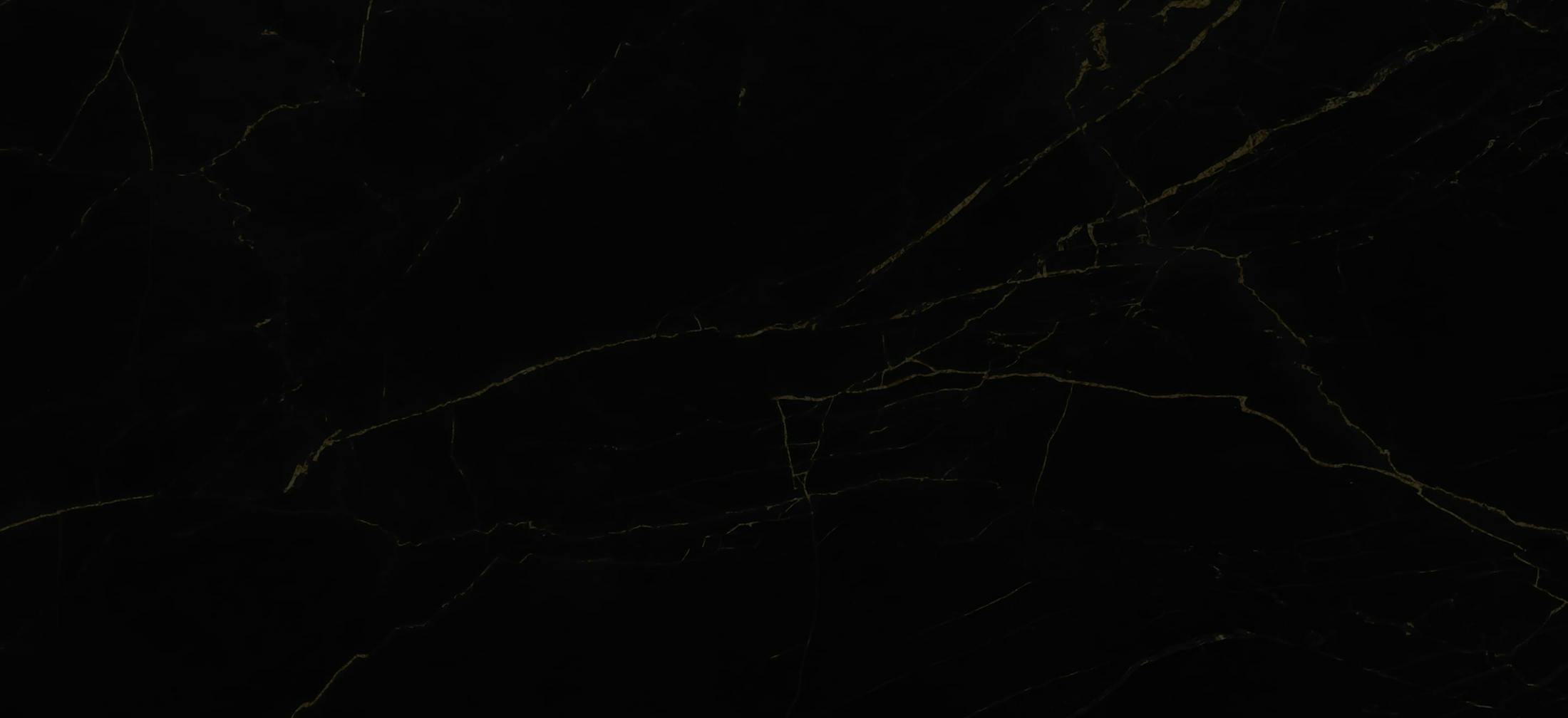Microneedling and laser skin resurfacing are similar treatments that eliminate dead skin cells and promote skin rejuvenation. While they accomplish identical goals by initiating and encouraging the skin’s natural healing process, the two are different procedures suited for different skin types. Your choice depends on your skin type, aesthetic goals, and Dr. Weber’s expert recommendations.
Laser skin resurfacing treats deeper layers of skin
Using advanced medical technology, Dr. Weber improves the quality of your skin from the inside out by targeting different layers of skin cells with laser energy. Laser skin resurfacing can help the skin to renew and rejuvenate while stimulating new collagen formation.
Increasing collagen at the cellular level results in natural, long-term rejuvenation over time. Laser skin resurfacing takes advantage of the biological healing processes with controlled damage to the skin, which encourages the body to create a bright, new layer of skin. This step is necessary to improve the texture and tone of the skin, creating a firmer and more youthful look. After the procedure, the treated area will produce even skin with little to no blemishes.
Microneedling is best for the skin’s surface
Dr. Stephen Weber, a double board-certified Facial Plastic Surgeon in Denver, CO, performs customized Micropen microneedling procedures to help you reach your aesthetic goals.
During the Micropen procedure, the device creates controlled micro-injuries to the skin to initiate the repair process. This promotes collagen and elastin formation so that a thicker and healthier layer of skin gradually forms. Patients can expect results such as:
- Softened wrinkles
- Reduced hyperpigmentation (dark spots)
- Improved appearance of scars and stretch marks
- Smoothing of skin texture
Pros and cons of laser skin resurfacing
Laser skin resurfacing provides quicker results and is ideal for:
- Spots
- Skin texture
- Enlarged pores
After the treated area fully heals, you can expect the effects to last several years, which is longer than a microneedling treatment. Unlike microneedling, which punctures the skin, laser skin resurfacing uses heat to reduce the chance of scarring.
However, laser skin resurfacing is more expensive than microneedling. Additionally, laser skin resurfacing requires more extended downtime and carries a greater risk of discolored skin for darker skin tones.
Pros and cons of microneedling
Microneedling helps skincare products become more effective because the microchannels help skincare products penetrate the deep layers of your skin. Also, because microneedling does not heat, it won’t discolor the skin and can be used for all skin types.
However, the initial changes made by microneedling are subtle, so it takes weeks and multiple sessions before seeing any visible changes to your skin. If you have active infections or treat conditions such as acne, eczema, and psoriasis, microneedling is not an option. This is because the bacteria can enter the microchannels created by the Micropen and develop an infection.
Dr. Weber can help you consider laser skin resurfacing vs. microneedling
When choosing between laser skin resurfacing and microneedling, the expert advice of Dr. Weber can help you make your decision. Dr. Weber and his skincare team have a meticulously detailed and dynamic approach to facial rejuvenation, producing exquisite results that are carefully tailored to your wishes and aesthetic goals.

